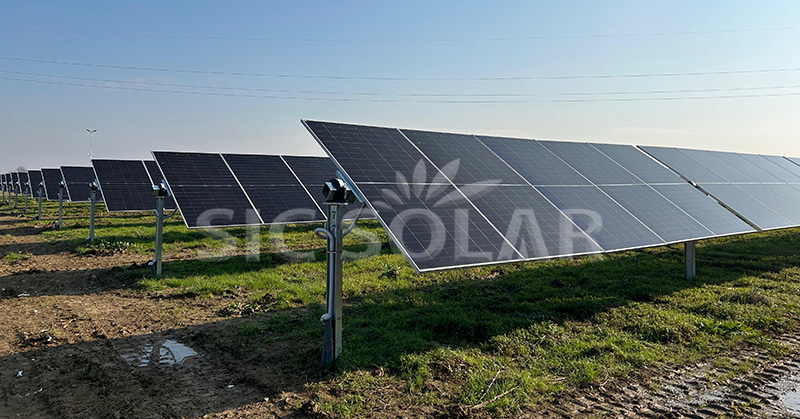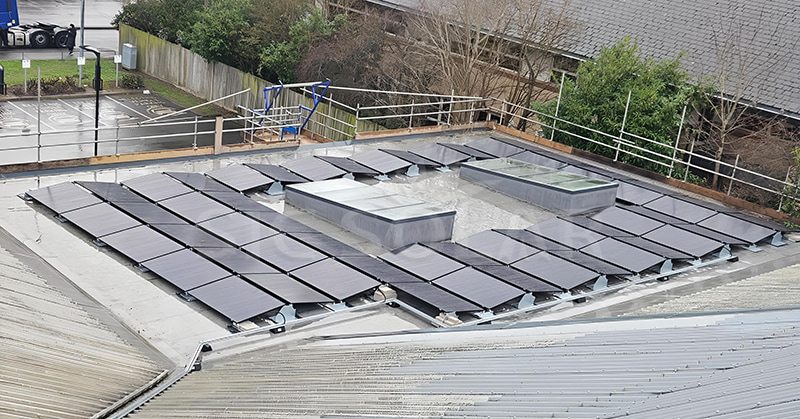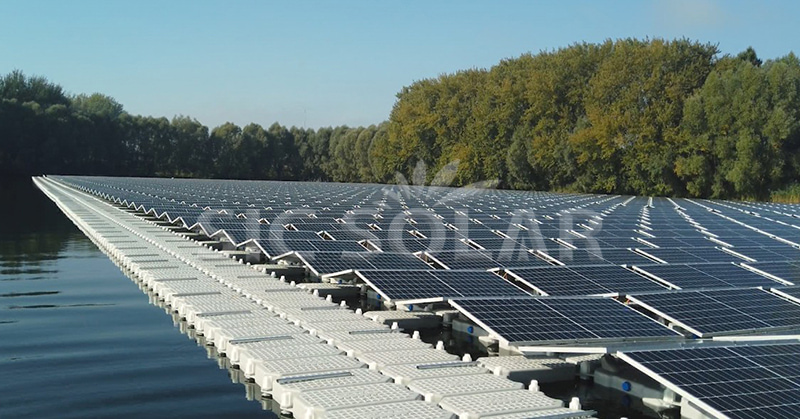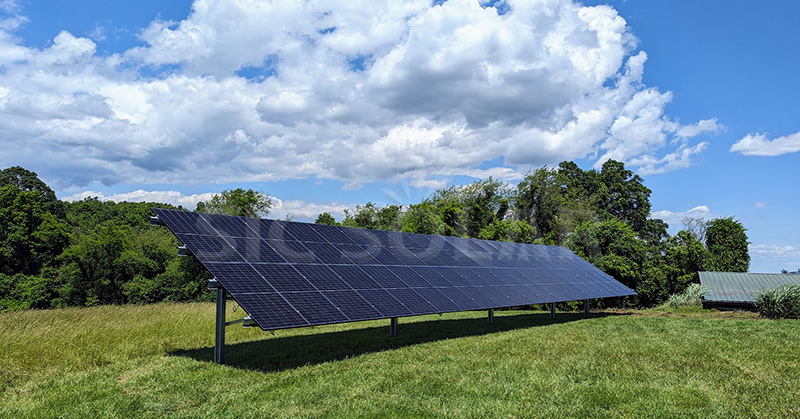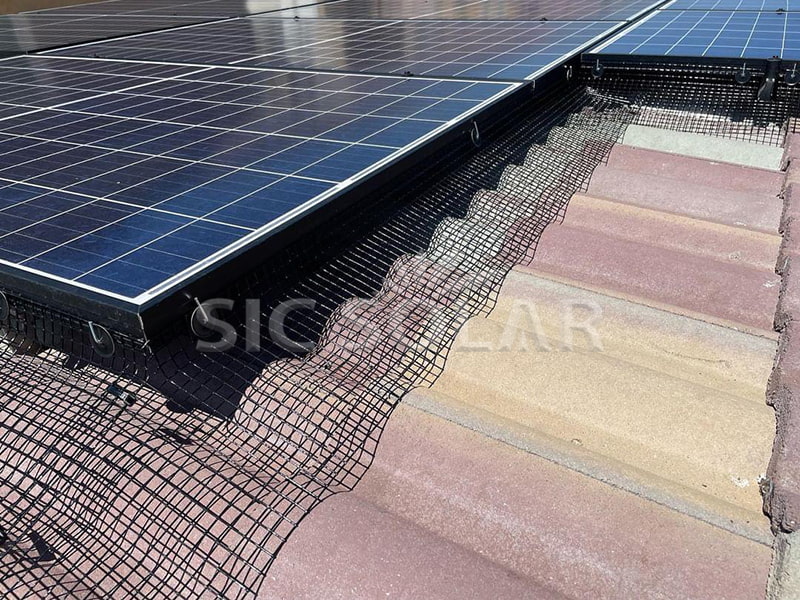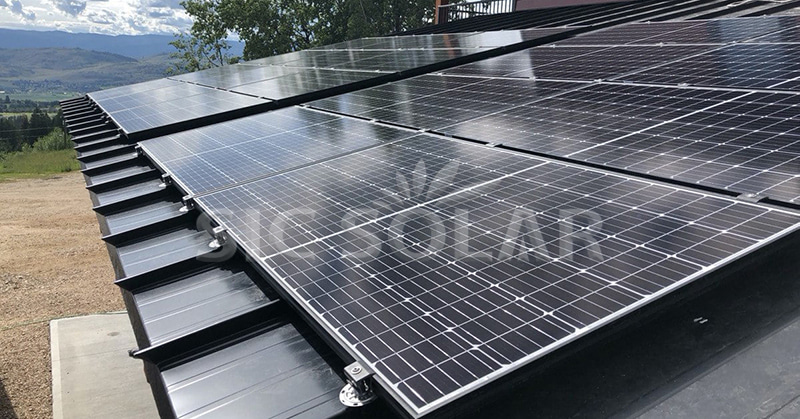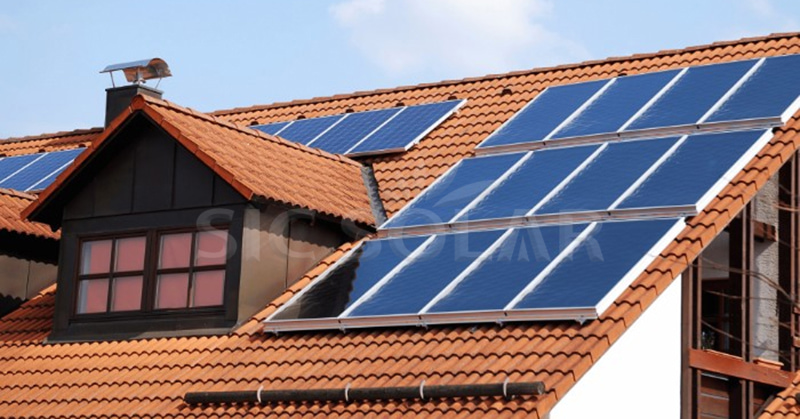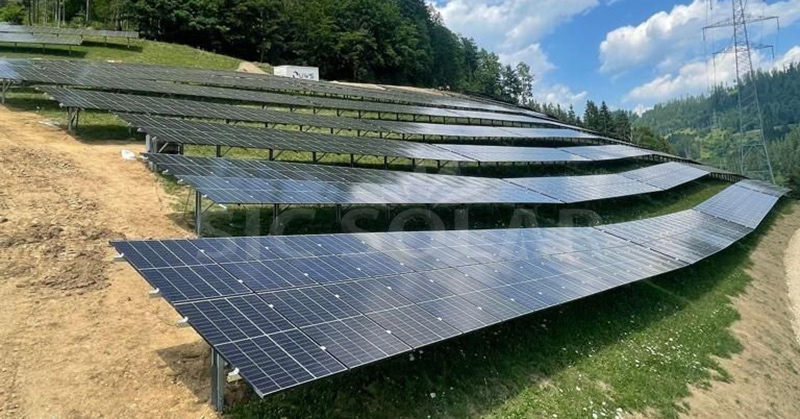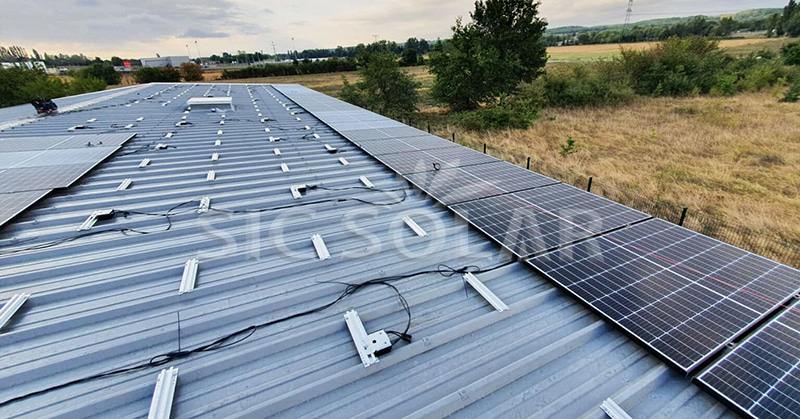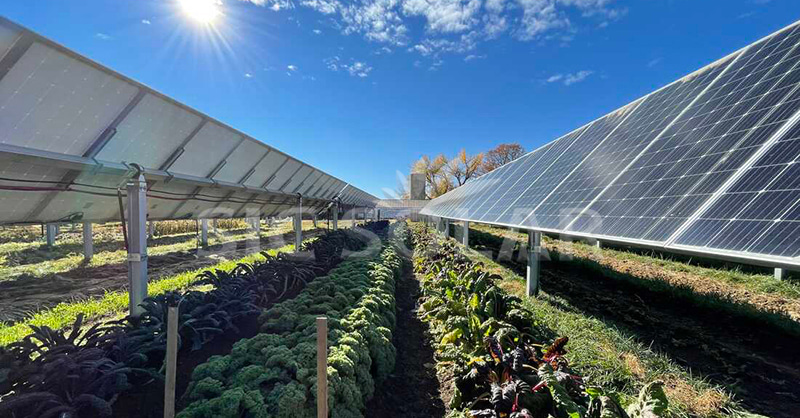How Much Does a Solar Tracker Cost per MW?
Solar trackers are essential for maximizing energy production by allowing panels to follow the sun’s path. However, their cost can vary widely based on factors such as the type of tracker (single-axis versus dual-axis), the scale of the project, location-specific installation requirements, and the current market conditions.
Typical Cost Range
Industry estimates suggest that the hardware cost for solar trackers typically ranges between $80,000 to $150,000 per megawatt (MW). Here’s a quick breakdown of the key considerations:
-
Single-Axis Trackers:
These are generally less expensive, as they rotate along one axis to follow the sun’s east-to-west movement. They usually fall on the lower end of the cost range. -
Dual-Axis Trackers:
Offering increased energy capture by adjusting both tilt and rotation, dual-axis systems are more complex and tend to cost more, often reaching the higher end of the range.
Other Cost Influencers
Several factors can affect the overall cost per MW, including:
-
Project Scale and Complexity: Larger projects may benefit from economies of scale, reducing the cost per MW.
-
Installation and Land Preparation: Site-specific challenges, such as difficult terrain or high labor costs, can increase the total expense.
-
Supply Chain and Market Conditions: Prices for components and installation services fluctuate based on market dynamics and regional factors.
How SIC Solar Fits In
While SIC Solar is renowned for its high-quality photovoltaic mounting systems, their expertise extends to providing mounting solutions that can be integrated with tracking systems. Their robust, durable, and cost-effective mounting solutions help optimize solar installations, contributing to the overall efficiency and reliability of the system—even when paired with advanced tracking technology.
For a typical solar tracker installation, you can expect costs in the range of $80,000 to $150,000 per MW. The exact figure will depend on the type of tracker chosen, project scale, and installation specifics. By selecting high-quality mounting solutions—like those offered by SIC Solar—project developers can ensure their solar installations are both efficient and long-lasting.

